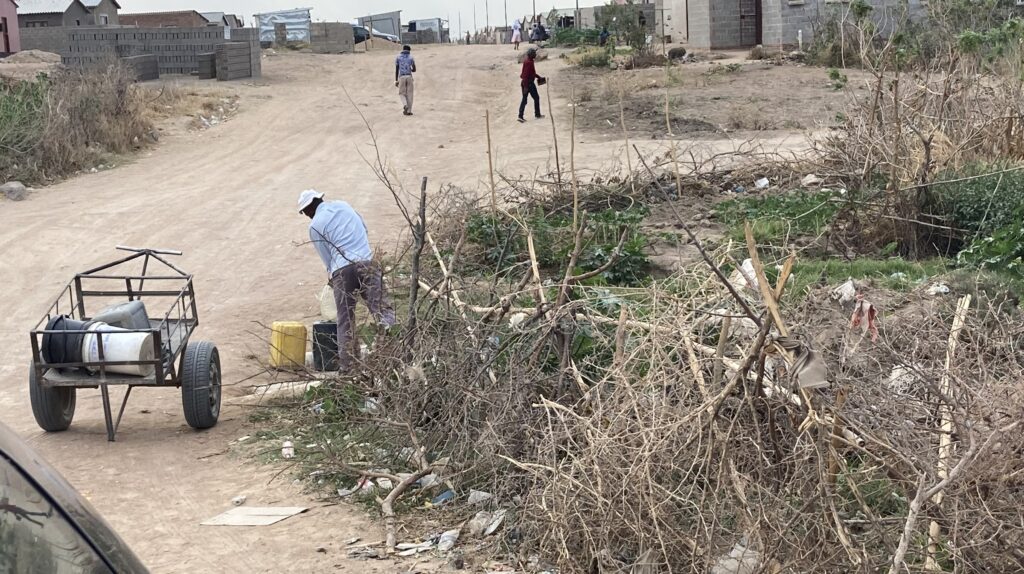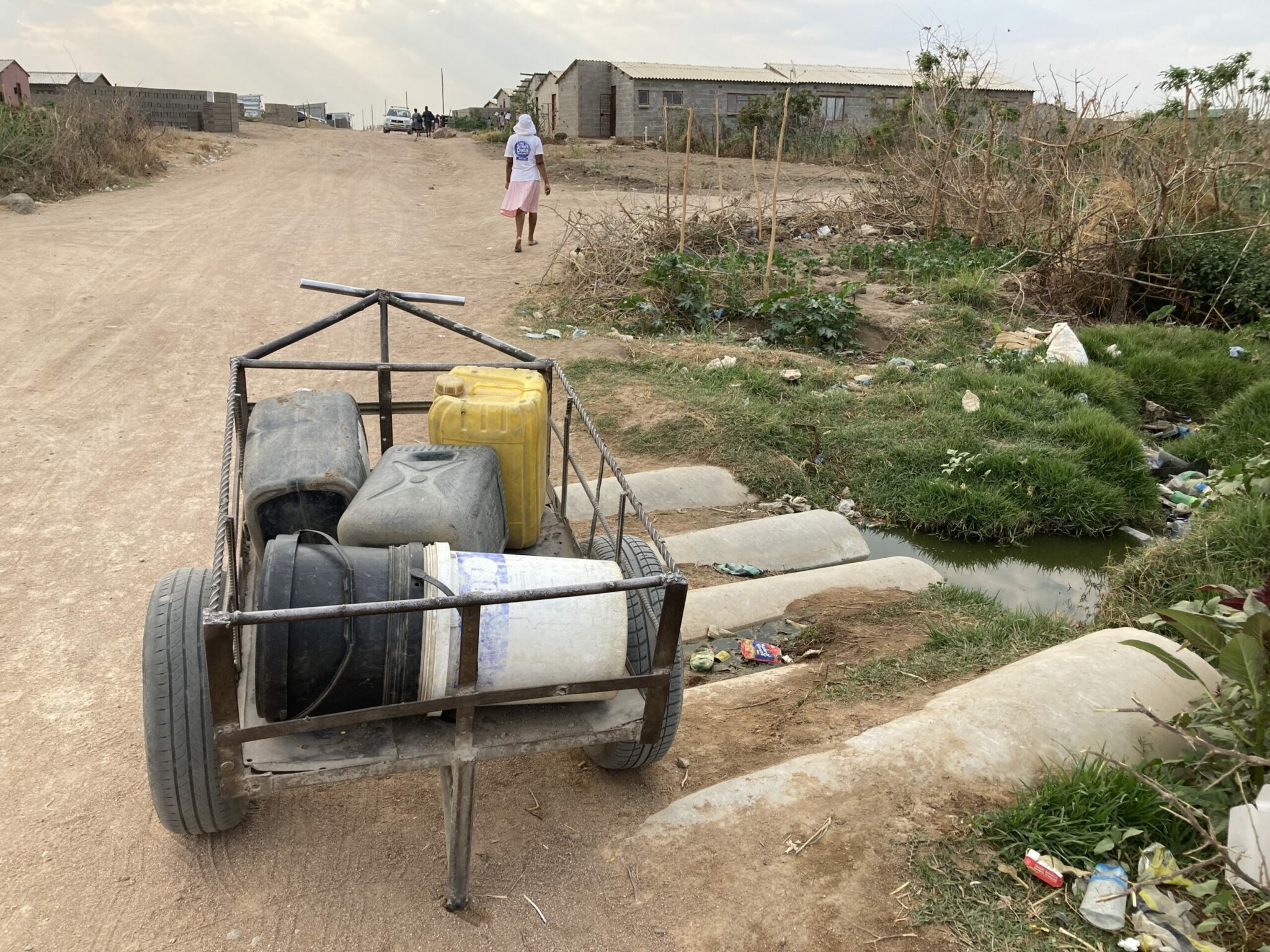Residents of Cowdray Park in Ward 15 have resorted to using sewer water for flushing toilets and other menial tasks as Bulawayo’s water crisis deepens.
Residents say the available water sources are insufficient to meet household needs, forcing them to turn to unsafe alternatives.
In an interview with CITE, Charles Ben, Resident Representative for Sections 15B and 16, expressed concern over the health risks posed by the water sources residents are now using.
“What is happening in our community is disheartening. On several occasions, I’ve seen children collecting water from a burst sewer pipe. When I ask them, they say their parents sent them to fetch the water for flushing toilets and other chores,” Ben said.
“Some of those using this water are businesspeople who mould bricks. They don’t have access to running water, so they use whatever is available.”
During a visit to the burst sewer pipe, a CITE news crew found a brick moulder using the contaminated water. Speaking anonymously, the moulder acknowledged the health risks but cited the dire water shortage’s impact on their livelihood.

“Houses are being built around here, and the demand for bricks is high, but there’s no water. This is our source of income; we have families to feed. We know this water might affect our health, but what other choice do we have?” he said.
Ben explained that the main challenge in the community is the lack of sufficient water sources. They rely on a single borehole, which is shallow and slow to replenish.
“We only have one borehole, and it’s quite shallow. You can only pump about two buckets of water at a time before waiting 30 to 45 minutes for the water to resurface. Imagine if you have many buckets and there’s a long queue,” Ben said.
Residents have also dug a well, but Ben warned that the water may be unsafe due to the community’s use of septic tanks in the absence of a proper sewer system, increasing the risk of contamination.
“The situation is dire. The water from the well may be contaminated, and we don’t have sewer reticulation here, so we use septic tanks. There’s a high chance the well water is unsafe,” he said.
Ben added that the city council’s water bowser is not sufficient to meet the needs of the community, which consists of around 925 households. Each household is limited to just two buckets of water, which is inadequate for larger families.
“When the bowser comes, each household only gets two buckets, and some families don’t get any water at all. Only two bowsers are serving the city—one is reserved for funerals and health facilities, leaving just one for the rest of us. It’s not enough,” he noted.
He also pointed out that when the water is reconnected, homes in higher-lying areas often don’t receive any due to low pressure, and he urged the city council to increase water pressure and extend reconnection hours.
A resident named Mrs Nyoni described the struggle of collecting water from the well as frustrating and time-consuming.
“We come to this well for water, but it takes a long time to reach the surface. It can take 30 minutes to fill one bucket, and I usually have at least four. That means I spend two hours just filling buckets, not to mention the time I wait in line,” she said.


When is the Zambezi river pipeline project coming to rescue the city of Bulawayo…